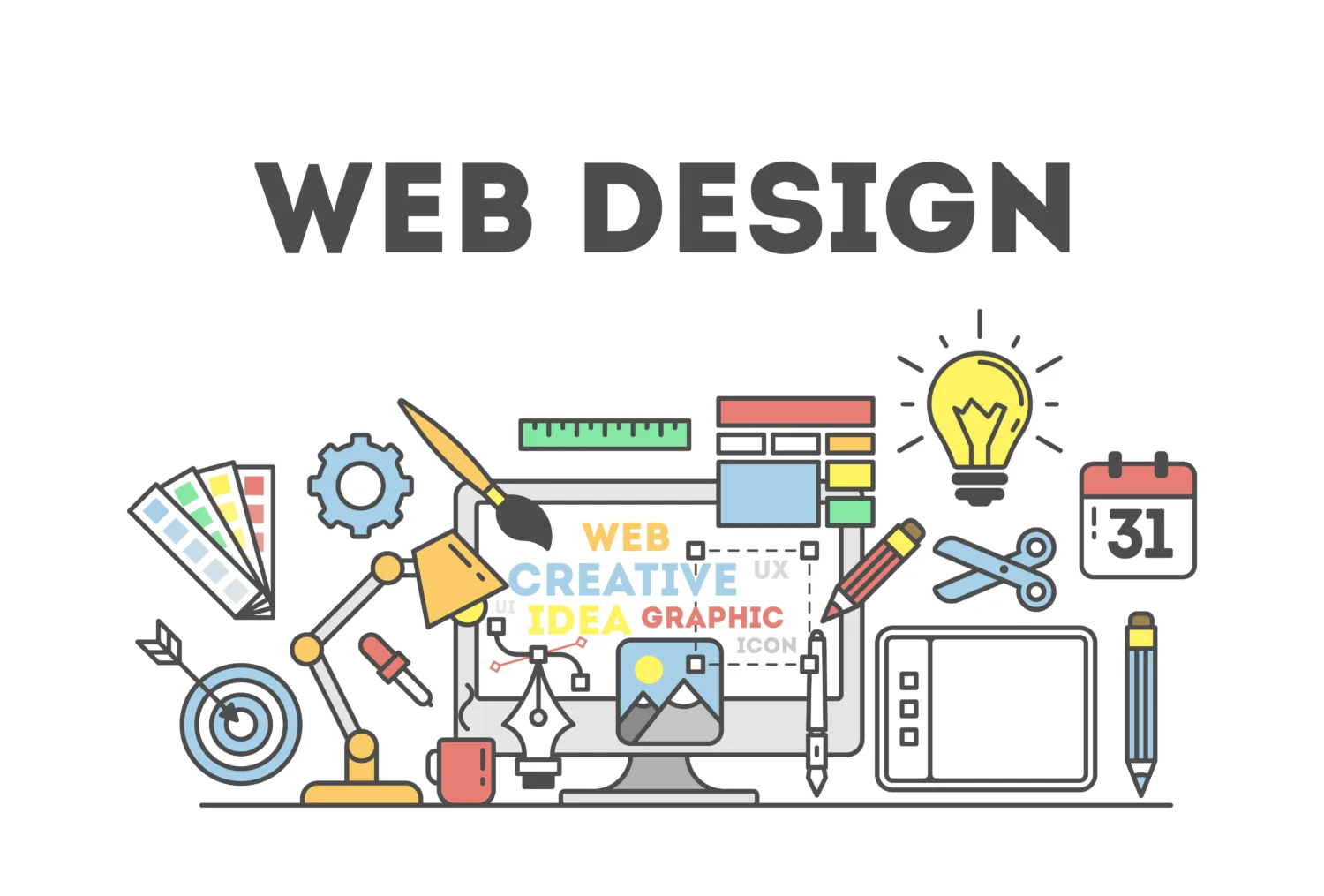
How to Implement a UI/UX Design Strategy
In today’s competitive digital world, users expect seamless, intuitive, and aesthetically pleasing experiences. A strong UI/UX design strategy isn’t just about making things look good—it’s about aligning design with business goals, enhancing user satisfaction, and driving business growth. At SentieroTech, we believe that a thoughtful approach to UI/UX is essential for any successful web or app project. Here’s a step-by-step guide to help you implement an effective UI/UX design strategy.
1. Define Business Goals
Before diving into design work, it’s crucial to define your business goals clearly. Ask yourself:
- What is the main objective of your website or app?
- Are you aiming to generate leads, increase sales, improve brand loyalty, or educate users?
Clear business goals set the foundation for a UI/UX strategy that is purpose-driven and measurable.
2. Understand Your Target Audience
Great design starts with a deep understanding of the users. Knowing your target audience will help you:
- Identify their needs, preferences, and pain points
- Create user personas to guide design decisions
- Deliver experiences that resonate with users emotionally and functionally
Remember, designing for everyone often means designing for no one.
3. Conduct Competitor Analysis
Competitor analysis offers valuable insights into what’s working (and what isn’t) in your industry. Analyze competitors’:
- Website or app layouts
- Features and functionalities
- Strengths and weaknesses
- Customer feedback and reviews
Learning from others’ successes and failures helps you build a stronger and more differentiated design strategy.
4. Perform User Research
User research validates assumptions and uncovers real user needs. Incorporate:
- Surveys and questionnaires
- Interviews and focus groups
- Usability testing
This step ensures that your design is not just based on guesses but backed by real data and user feedback.
5. Establish Key Performance Indicators (KPIs)
How will you measure the success of your UI/UX design? Setting Key Performance Indicators (KPIs) will allow you to:
- Track user engagement metrics (e.g., time on page, bounce rates)
- Monitor conversion rates
- Evaluate customer satisfaction and loyalty
Data-driven evaluation leads to continuous improvement.
6. Select the Right Design Tools
Choosing the right tools can streamline your design process. Depending on the complexity of your project, select from popular UI/UX tools like:
- Figma
- Adobe XD
- Sketch
- InVision
- Zeplin
The right tools support collaboration, prototyping, and efficient workflows.
7. Strategy and Planning
Once research and preparation are complete, it’s time for strategy and planning. This includes:
- Defining user flows and journeys
- Mapping out wireframes
- Prioritizing features based on business and user needs
Good planning ensures that the project moves forward smoothly and efficiently.
8. Design and Prototyping
With solid planning in place, move on to design and prototyping:
- Create high-fidelity designs that reflect your brand identity
- Build interactive prototypes to simulate user interactions
- Gather initial feedback from stakeholders and users
Prototypes make it easier to catch issues early before development begins.
9. Implementation and Collaboration
Successful UI/UX implementation requires strong collaboration between designers, developers, and stakeholders. Key practices include:
- Regular communication and updates
- Sharing design guidelines and specifications
- Ensuring designs are feasible and practical for development
Team alignment is crucial for translating designs into functional products.
10. Testing and Iteration
Design is an ongoing process. After implementation, conduct testing and iteration cycles:
- Perform usability testing
- Collect real-world user feedback
- Analyze KPIs against expectations
- Refine and update designs based on insights
Continuous iteration ensures that your product evolves with user needs and market trends
Conclusion
Implementing a successful UI/UX design strategy requires a balanced approach—aligning business objectives with user needs while maintaining flexibility for continuous improvement. Every step, from understanding your audience to testing and refining, plays a critical role in building experiences that delight users and drive results.
At SentieroTech, we specialize in creating user-centric digital solutions that empower businesses to thrive. Whether you’re launching a new app or revamping a website, our dedicated UI/UX design services in Kochi are ready to help you succeed.



